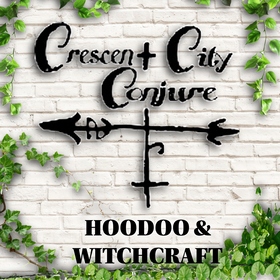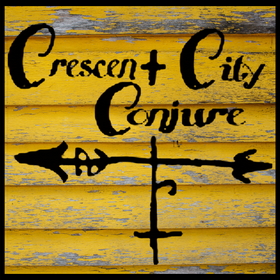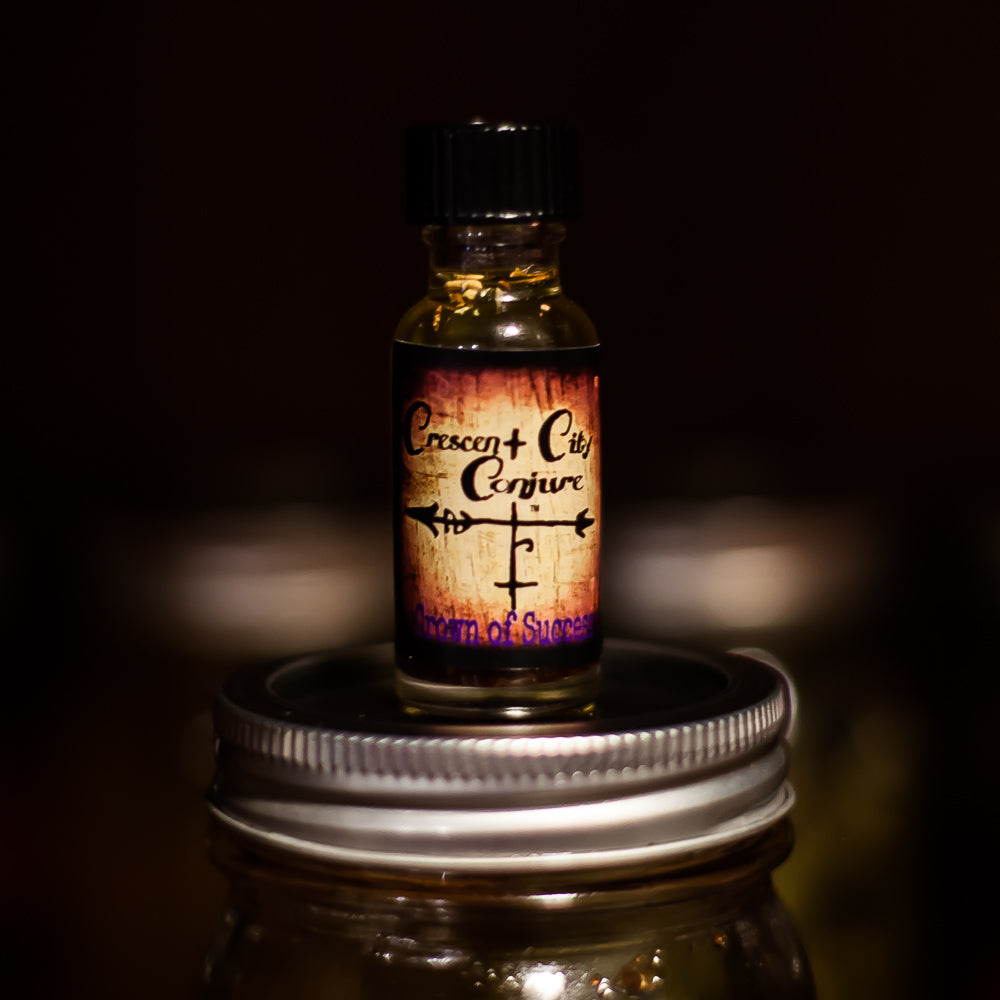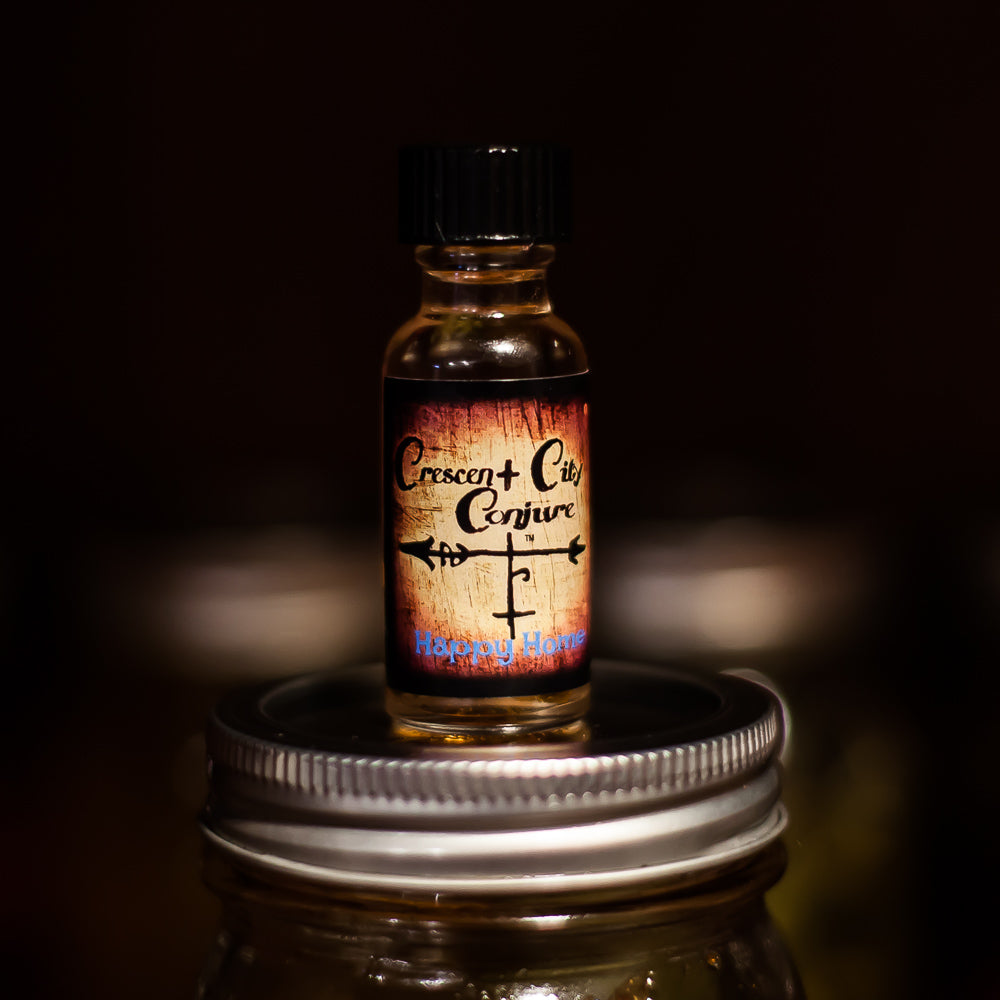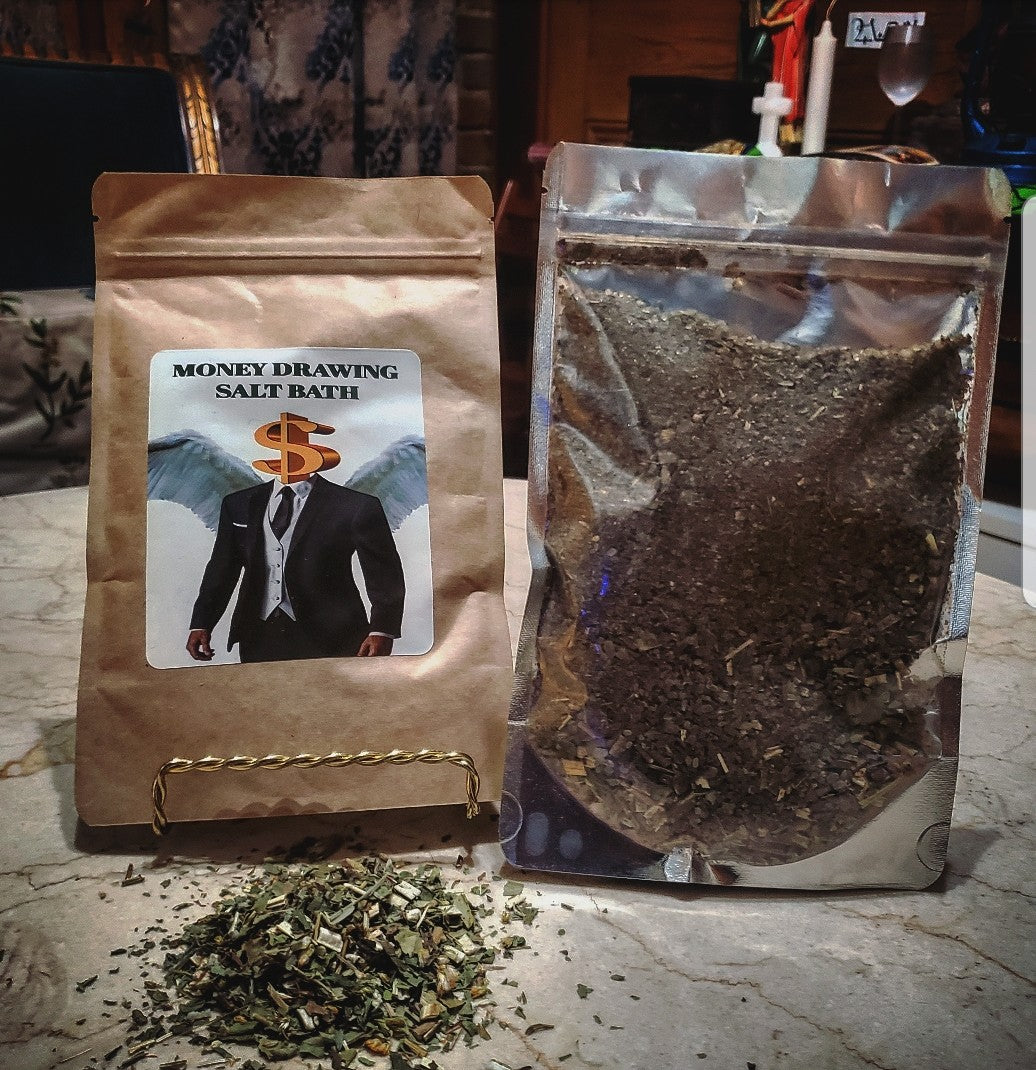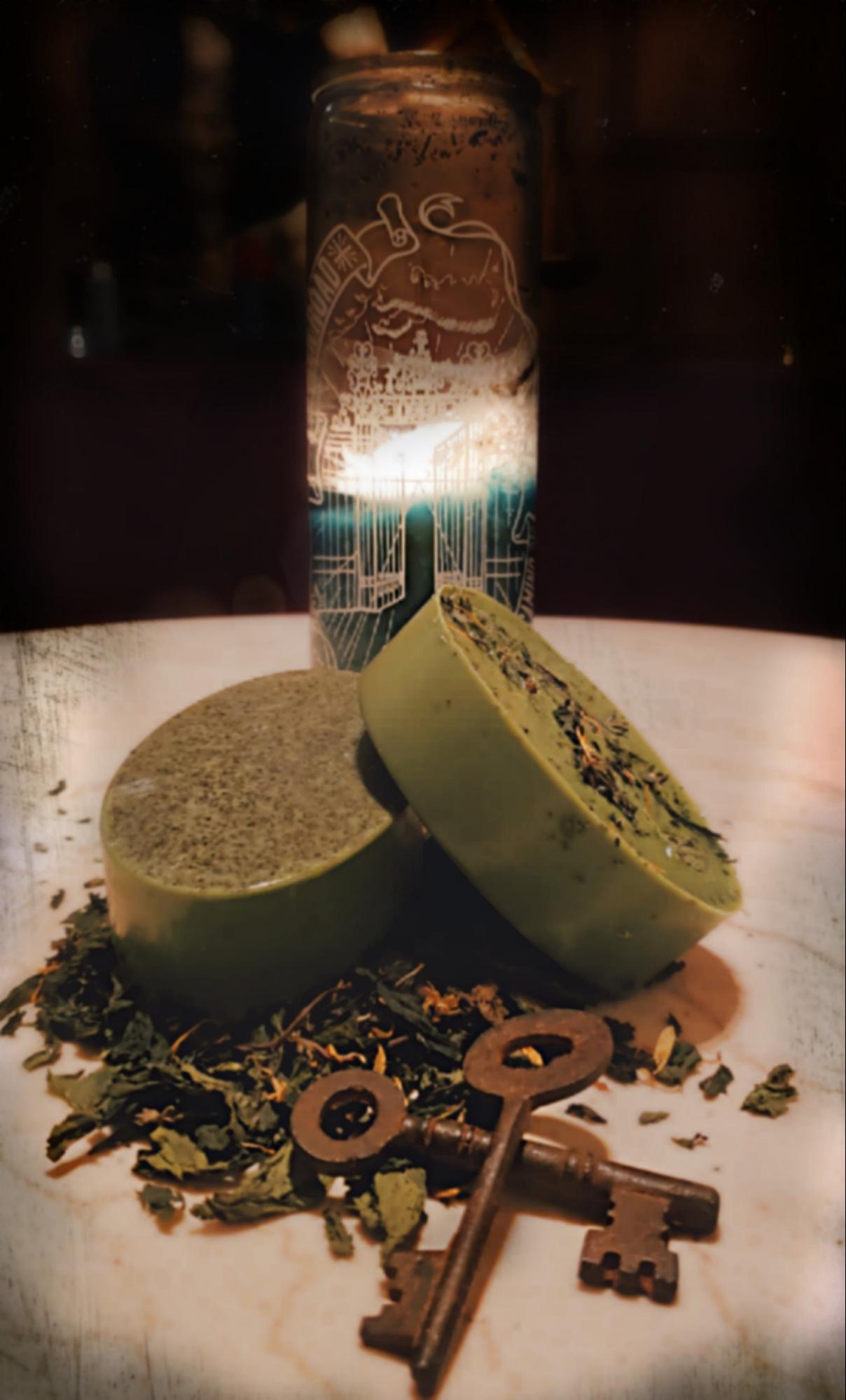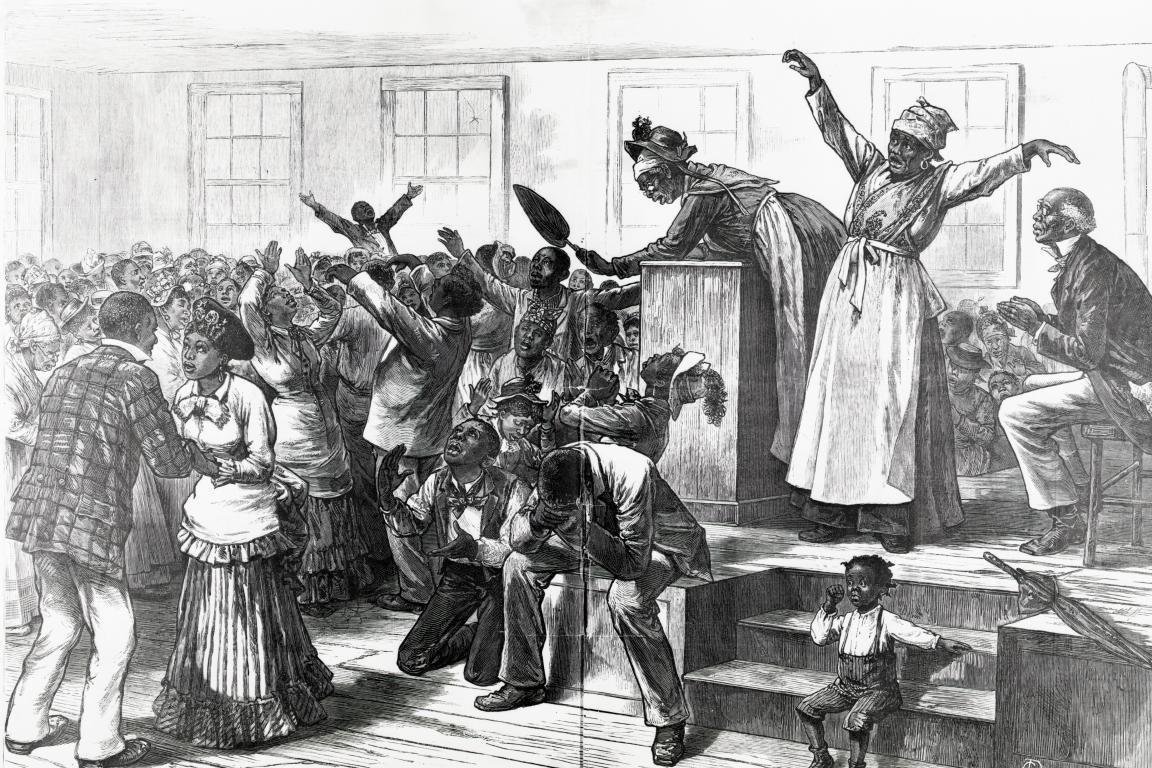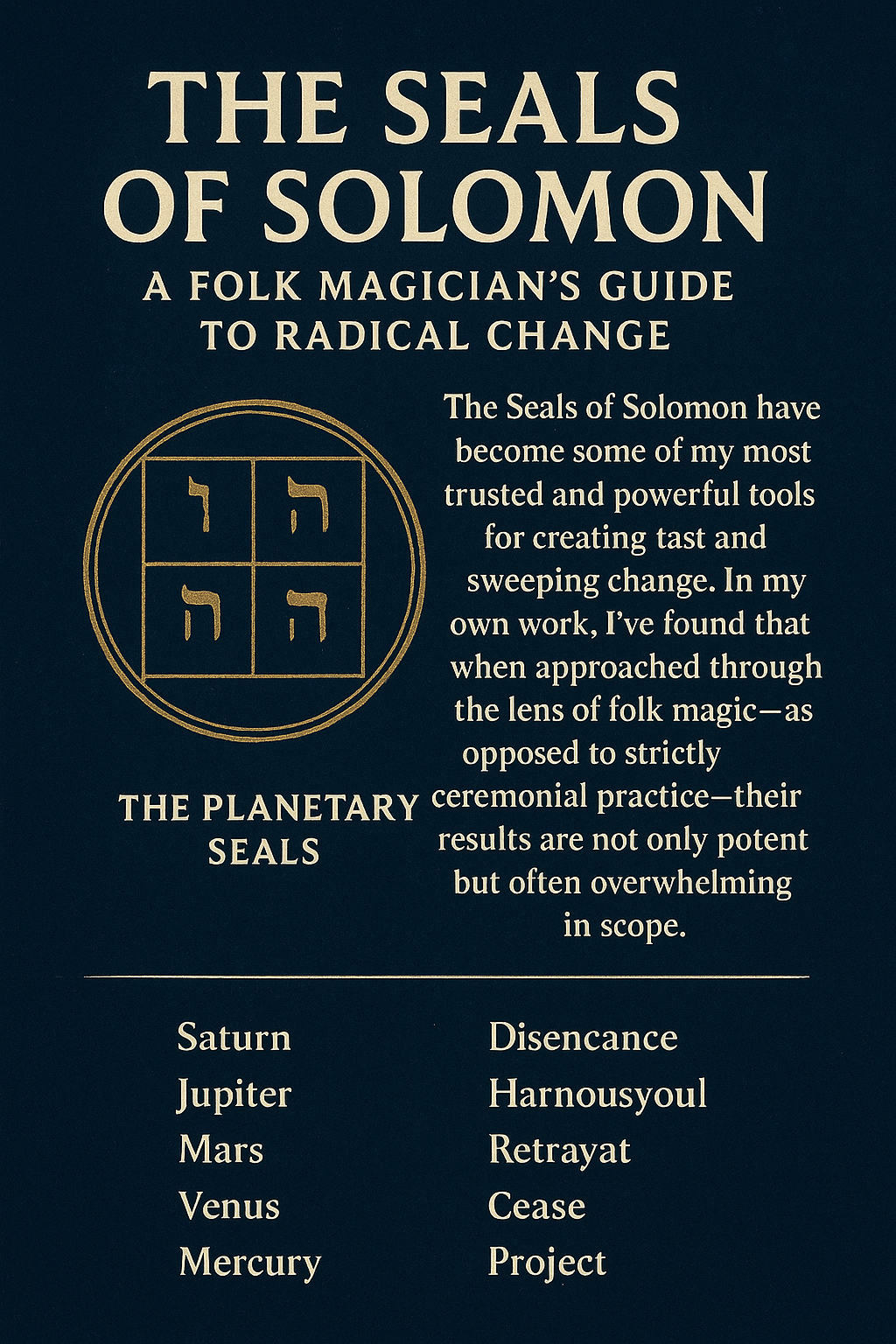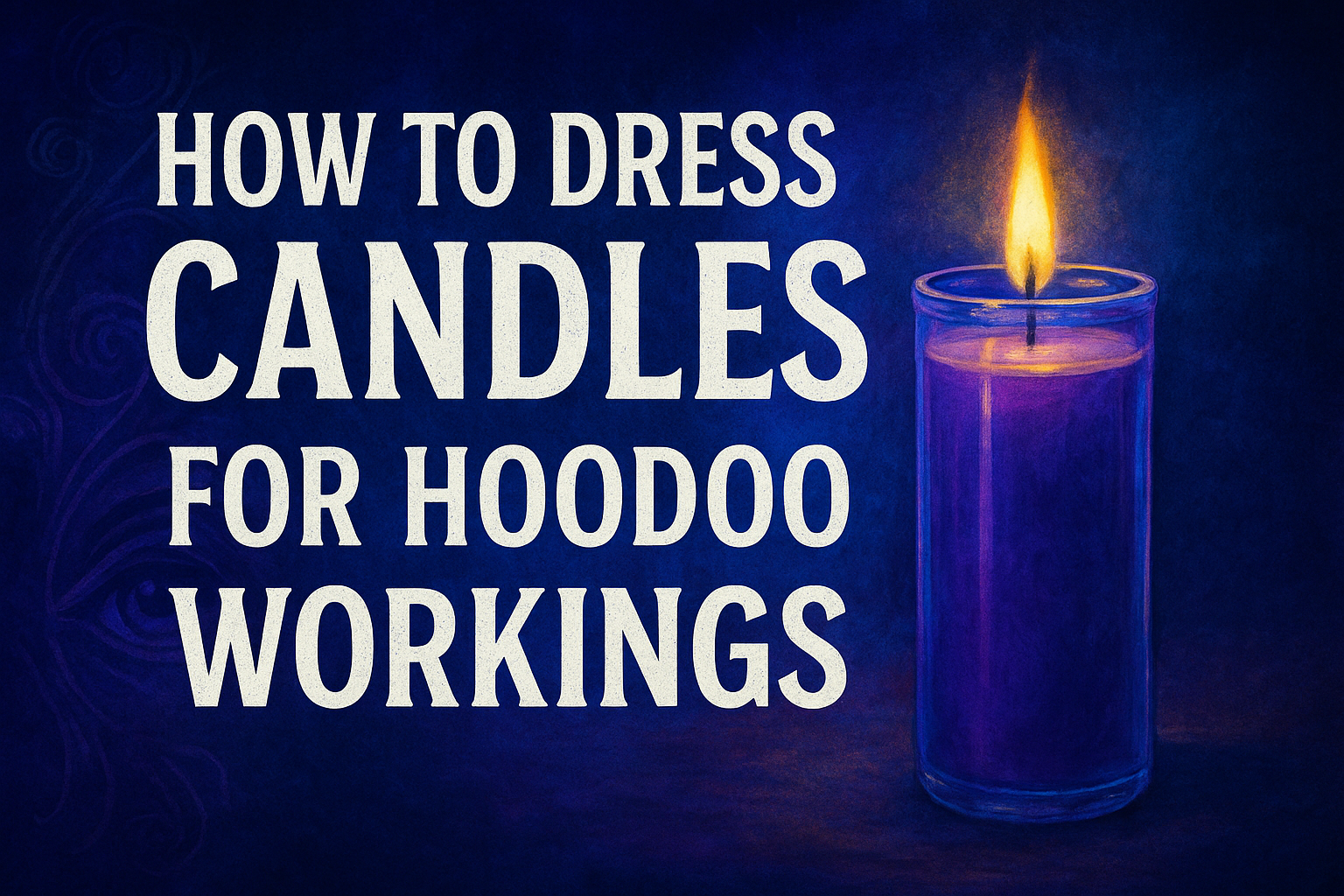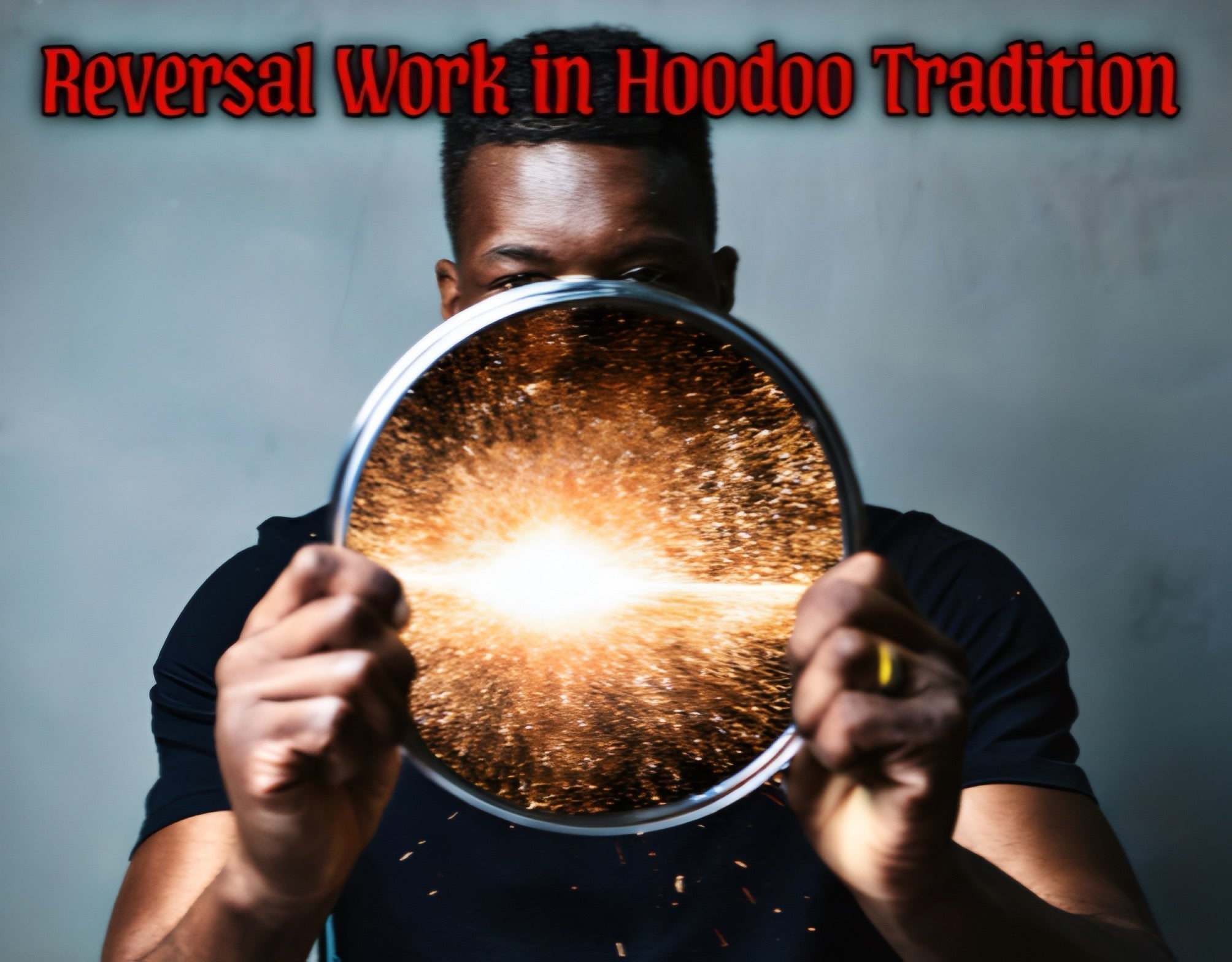Hoodoo, often referred to as rootwork or conjure, is a deeply rooted African American folk magic tradition that has flourished in the Southern United States. The history of hoodoo is a powerful narrative of resilience and survival against overwhelming odds. Its origins can be traced back to the 1500s, when the transatlantic slave trade forcibly transported more than 10 million enslaved Africans to the Americas. Stripped of their homes, families, and identities, these individuals faced the brutal reality of enslavement. However, their spiritual beliefs—rooted in rich African traditions—remained untouchable, becoming a source of strength and community.
In the New World, the spiritual practices of these enslaved individuals evolved out of necessity and communal knowledge-sharing among themselves, as well as with Native Americans and European settlers. This convergence of cultures led to the rich tradition we now recognize as hoodoo. Our ancestors believed in the power present in all of God's creation; they understood that every plant and animal possessed a spirit. This understanding formed the foundation of their spiritual practices, which were passed down orally from generation to generation, creating a living heritage that emphasizes connection to nature and the divine.
Historically, hoodoo was not a widely recognized or documented practice. With limited literature on the subject, those who practiced it often kept their rituals private, passing down their wisdom within families orally. The original lack of documentation illustrates how intertwined hoodoo was with daily life; the spiritual beliefs and practices were seamlessly woven into the cultural fabric of African American existence. It was not merely a set of rituals but a way of life that was shaped by historical trauma and enriched by community bonds.
Despite its rich heritage, younger generations seeking to learn about hoodoo often struggle to find authentic, reliable information. Misinformation saturates the available literature, obscuring the genuine roots of these practices. Many young people may feel drawn to hoodoo, instinctively sensing its importance, yet they often lack the resources to understand it fully. This disconnection presents a challenge, as the wisdom of older generations is fading away with them. As our elders pass on, so too does the vast encyclopedia of rituals, insights, and techniques essential to hoodoo. This generational gap creates a steep learning curve for those eager to reconnect with these ancestral practices.
Hoodoo was traditionally learned through life experience rather than formal education. Practical teachings were shared in family discussions and community gatherings where the intricacies of healing methods, charms, and rituals were exchanged among trusted individuals. However, as the outside world began to take notice of hoodoo, this practice faced new challenges. In 1935, the U.S. government initiated the Federal Writers Project to provide employment during the Great Depression. Journalists were sent to document the spiritual beliefs and practices prevalent in communities where hoodoo thrived. Although this initiative brought attention to hoodoo, many of the insights captured by outsiders failed to convey the authenticity and spirit of the tradition.
The information disseminated through these government reports and subsequent publications often diluted hoodoo's true essence, sometimes presenting falsehoods alongside genuine practices. These documents, while historically significant, could not encapsulate the emotional depth and lived experiences of those who practiced hoodoo. The commercialization of hoodoo products began to take shape in this context, with pharmacies and shops marketing formulas that lacked the spiritual potency of traditional practices. Consequently, the genuine power of hoodoo became obscured, overshadowed by mass-produced items that failed to honor its cultural significance.
The transition of hoodoo to a commercialized folk practice further involved Jewish merchants who played a crucial role in the distribution of these pharmacy-style products during the late 19th and early 20th centuries. Urbanization in Southern cities created a growing demand for accessible spiritual and medicinal supplies, fostering an environment in which Jewish shop owners recognized the interest in hoodoo practices. In places like New Orleans, where Jewish and African American communities coexisted, Jewish merchants began to stock products reflective of hoodoo traditions, including herbal remedies, oils, and spiritual supplies.
These merchants often merged their own cultural practices with hoodoo, creating a unique blend that enriched the traditions of both communities. Their businesses marketed hoodoo items with eye-catching packaging and clever branding, reaching audiences beyond the African American community or those who were familiar with hoodoo. This adaptation not only expanded the reach of hoodoo into the broader market but also introduced new perspectives, fostering a dynamic exchange of spiritual knowledge.
Today, hoodoo is experiencing a resurgence in popularity, with numerous books, websites, and businesses claiming to teach its practices. Unfortunately, much of this modern literature is riddled with misinformation, further complicating the genuine understanding of this profound tradition. The essence of hoodoo, rooted in a deep connection with African ancestors, the natural world, and the spirit community, risks being lost amid the commercialization.
Hoodoo arose from a culture of survival and secrecy, and the desire to live and to be successful were common themes throughout all aspects of this form of African American folk spirituality. The concepts and ethics that continue in the hoodoo tradition center around the need to soldier forward regardless of adversity. Hoodoo is often compared to other popular forms of folk magic because of their similarities, but in comparing it, you miss the rich and colorful roots that created this multifaceted spiritual work. Hoodoo is unlike any other form of magic, it has its own story that is organic and grows with the people who protect and perpetuate its wisdom and power.
While hoodoo has strong African roots, its wisdom has transcended boundaries and spread across numerous cultures and races. The evolution of hoodoo in America has been influenced by countless experiences, making its practice unique within each household that carries it. There exists a common thread running through these practices, a spiritual lineage that emphasizes ancestor veneration, holistic healing, and faith in a higher power. Many original recipes focused on maintaining health and spiritual purity, seeking to heal the generational scars left by oppression.
As a new generation awakens to these ancestral voices, it becomes imperative for us to honor their guidance and reclaim our heritage. I invite everyone who reads this to discover the magic inherent in their bloodlines, recognizing that within each family tree lies a conjurer, a cunning person, a midwife, a witch, or a magician ready to be called upon.
